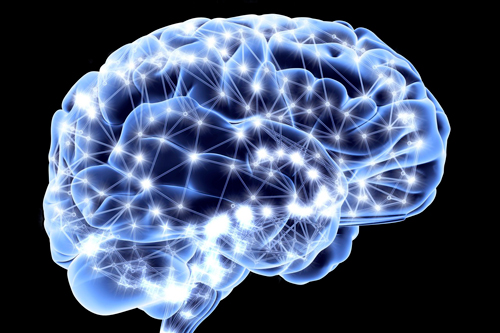 One-on-one communication is a complex dance affected by many things. Tone of voice, facial expressions, eye contact and body language impact our social interactions dramatically. Even subtle shifts in these modes of communication can create a hostile distance between two people, an intimate closeness or anything in between. Now advanced brain monitoring technology may identify what is often difficult to perceive: whether two people are genuinely connecting to each other.
One-on-one communication is a complex dance affected by many things. Tone of voice, facial expressions, eye contact and body language impact our social interactions dramatically. Even subtle shifts in these modes of communication can create a hostile distance between two people, an intimate closeness or anything in between. Now advanced brain monitoring technology may identify what is often difficult to perceive: whether two people are genuinely connecting to each other.
An important door to this understanding was opened several years ago at Florida Atlantic University. A study conducted there measured the brain rhythms of two people at the same time as they were interacting. (Brain rhythms, also known as oscillations, occur throughout the brain and help identify different activity based on their frequency, strength and location.) Pairs of participants in the study were asked to wag their fingers, but a barrier blocked each partner from seeing the hands of the other. Then the barrier was removed. When the partners could see each other’s hands, they sometimes adjusted their finger movements to be in sync with each other and sometimes they didn’t.
Brain rhythms known as the phi complex, which consists of two components, were found to be different depending upon whether finger movements were synchronized. The phi1 pattern was present in those who didn’t synchronize finger movements, while phi2 (which has a slightly higher frequency than phi1) was observed when movements were synchronized. According to researchers, the phi2 pattern reflected a person’s intention to connect with his or her partner.
“The phi complex is closely tied to the success of the mutual interaction between people and is not merely a consequence of one person imitating the other,” said Dr Emmanuelle Tognoli, a professor of complex systems and brains sciences involved in the research.
Research has shown that two different systems in the brain are important to social interaction. The motor preparation system plays a key role in helping us follow through on an intention to do something, while the mirror-neuron system allows us to perceive and understand the actions of others as we interact. Phi patterns help show how these systems are performing. The presence of phi2, for example, shows that the mirror system is being enhanced, while phi1 shows that it is being inhibited.
Phi rhythms may serve as neural markers for many different types of relationships, such as those between a leader and follower, a man and woman, and an enemy and a friend. They could be useful for assessing human connections that are especially elusive, such as in autism, schizophrenia and other conditions associated with an impaired ability to connect. Identification of phi rhythms may also be valuable for counseling people who are having relationship problems, by showing disparities in connection. Perhaps it could also help to assess the depth of a relationship, or even provide a better understanding of infatuation vs love.
Dominance of social media redefines “personal” contact
Phi rhythms may prove to be meaningful in assessing how social interaction is affected by extensive reliance on social media. As noted in Behavioral and Brain Sciences, a high percentage of interaction today is observational (as in keeping up with people’s latest news on Facebook) rather than dynamic (which reflects an active give and take). By decreasing the level of emotional engagement in everyday human connection, social media may also reduce the likelihood of building more intimate bonds.
However, advanced technology of a different kind may help add emotional depth to fleeting encounters. According to a 2014 article in Interacting with Computers, it may be feasible to develop technologies that add emotional significance to interactions via interactive media, particularly in instructional venues. Doing so could help students feel closer to a teacher and vice versa in interactive venues, which could help promote greater attention and facilitate learning.
Considering how our brains are bombarded by social media today, maybe an entirely new brainwave will be spawned that will tell us whether people texting each other are actually “connecting.” Rewire Me will keep you posted!
Click here to get inspired by Rose’s easy steps to positively change your mind


